In rural Catalonia, medieval villages, monasteries and natural areas stand preserved. The region features Roman villas, Gothic churches, castle ruins and waterfalls. These locations spread from mountains to Mediterranean coast.

Osona, Catalonia
The 12th century settlement sits on a rock formation featuring traditional Catalan stone houses with wooden balconies.
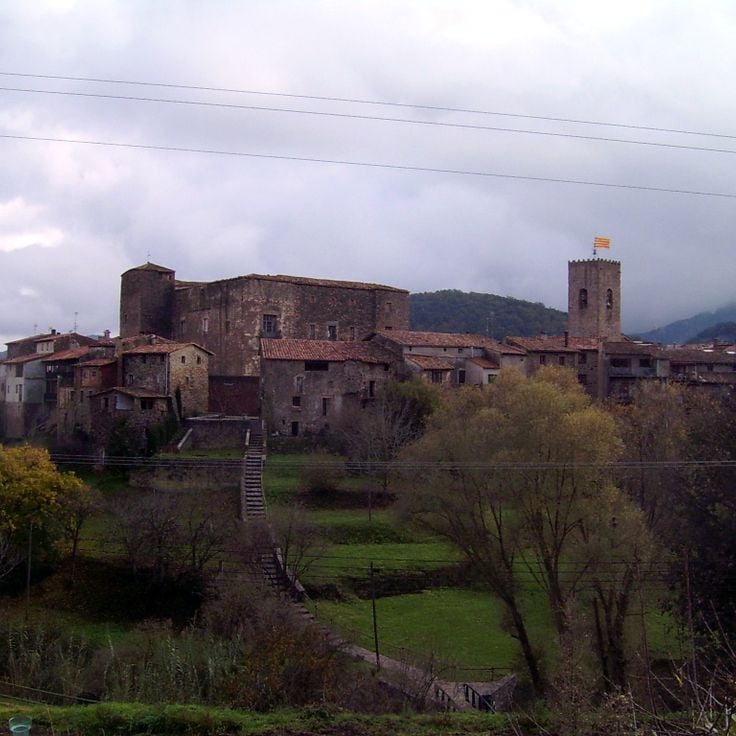
Garrotxa, Catalonia
Medieval settlement with a 13th-century Romanesque castle, surrounded by extinct volcanoes of the Garrotxa region.

Alt Empordà, Catalonia
10th-century Romanesque monastery on Mount Verdera overlooking the Mediterranean Sea and Costa Brava.
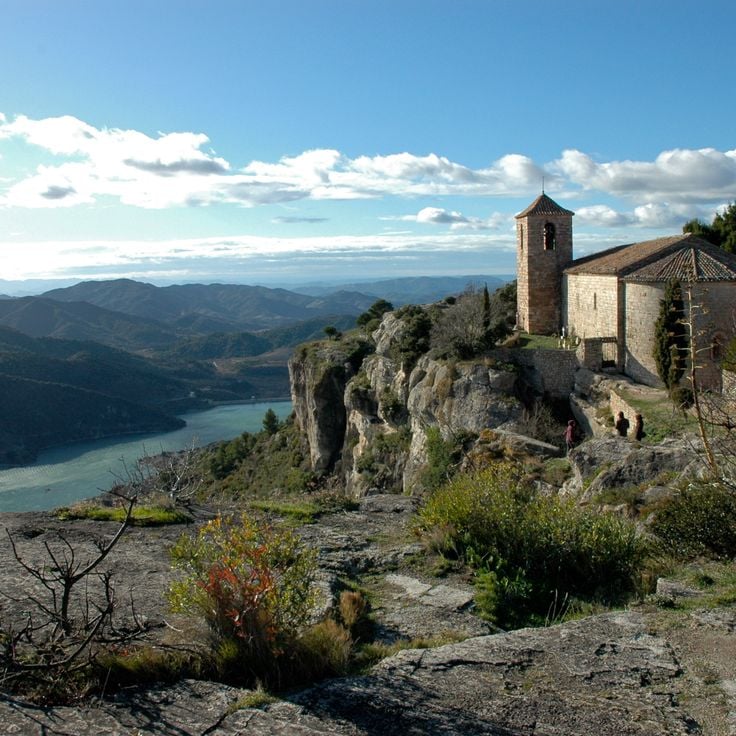
Priorat, Catalonia
Mountain village on a 737-meter limestone plateau with fortress ruins from the 9th-century Moorish period.
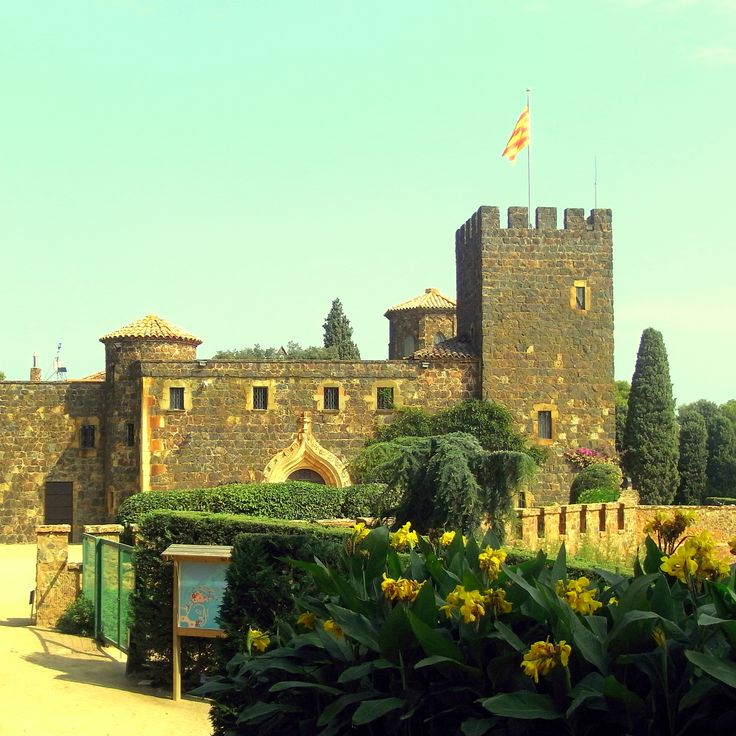
Palafrugell, Catalonia
The botanical garden extends across multiple terraces featuring Mediterranean plants, sculptures and a 20th century castle.
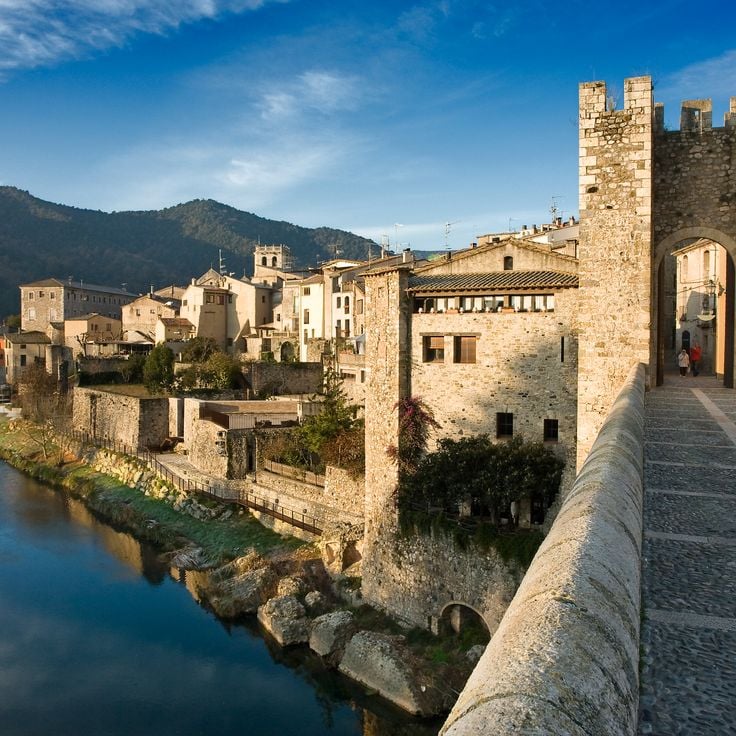
Garrotxa, Catalonia
Medieval town with an 11th century Romanesque bridge, Jewish quarter and Romanesque churches.
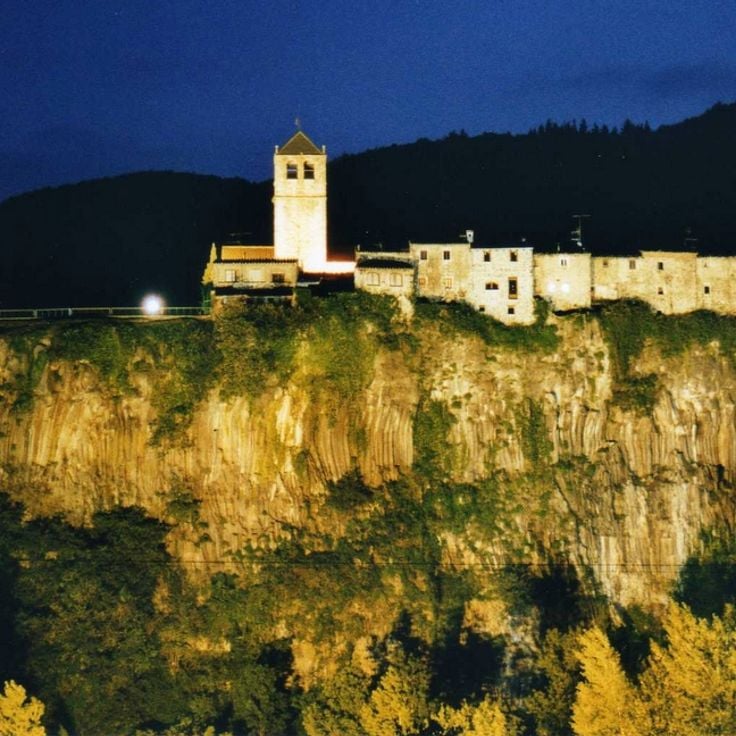
Garrotxa, Catalonia
Historic town built on a 50-meter basalt cliff between the Fluvià and Toronell rivers.
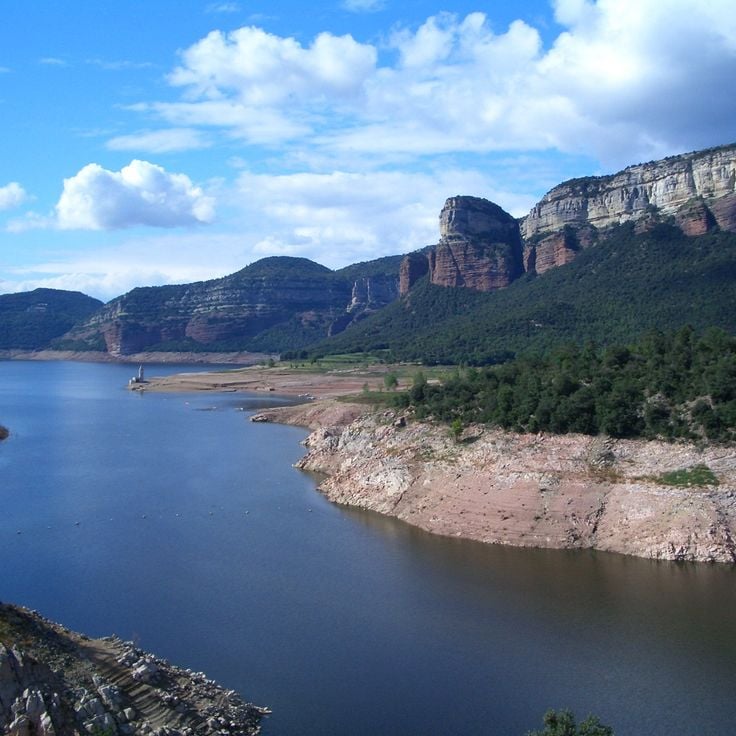
Osona, Catalonia
Artificial lake with the tower of old Sant Romà church, surrounded by hiking trails and water sports facilities.
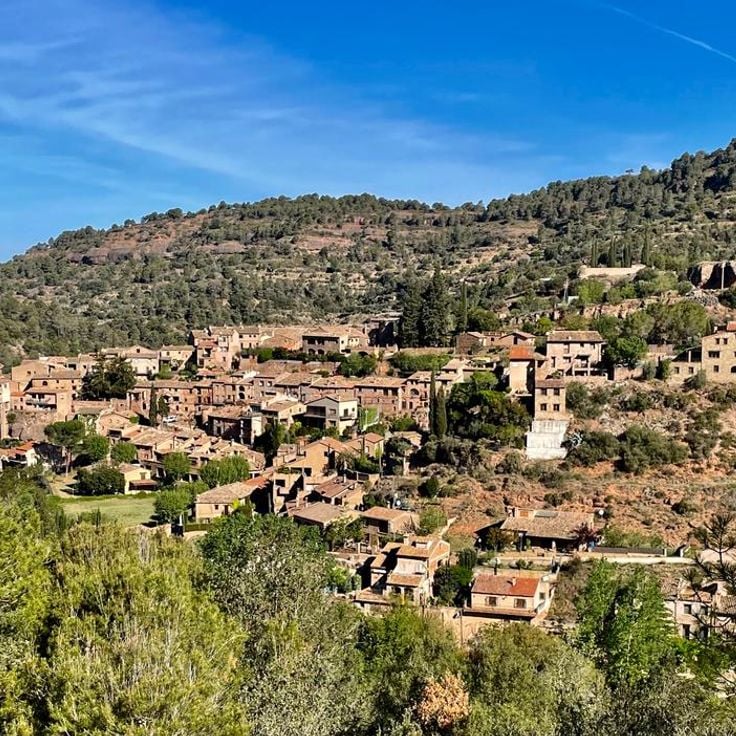
Bages, Catalonia
This village stands at 450 meters altitude, featuring stone houses from the 17th century and a Romanesque church of Saint Martin.
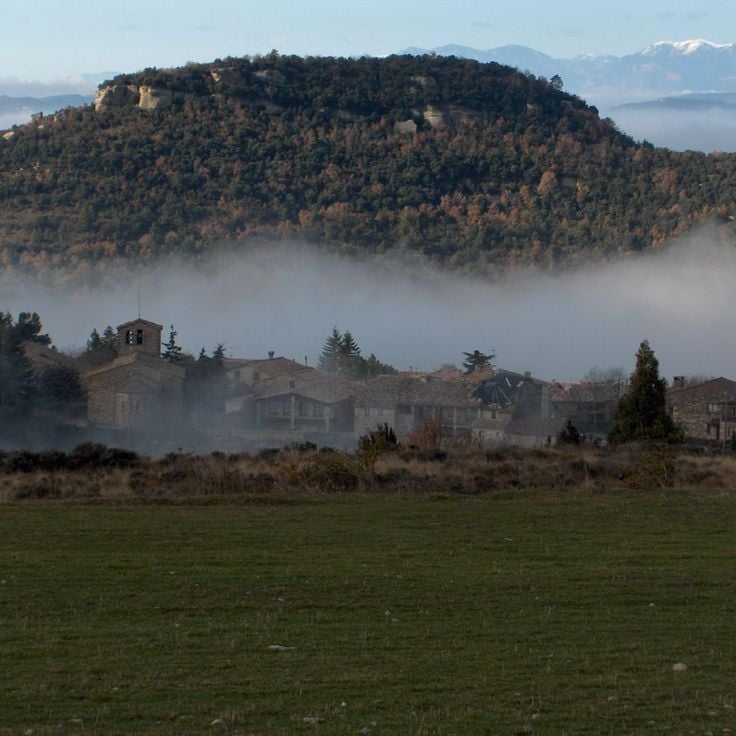
Osona, Catalonia
Located 869 meters above sea level on limestone cliffs, the village contains stone buildings from the 16th and 17th centuries.
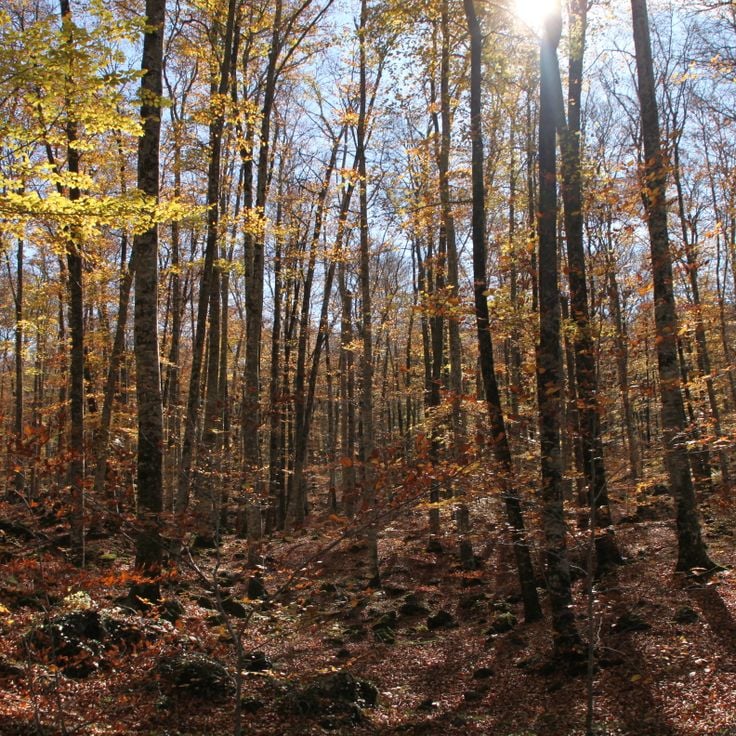
Garrotxa, Catalonia
This beech forest grows on volcanic terrain from an eruption 17,000 years ago, creating a distinctive ecosystem at 550 meters altitude.
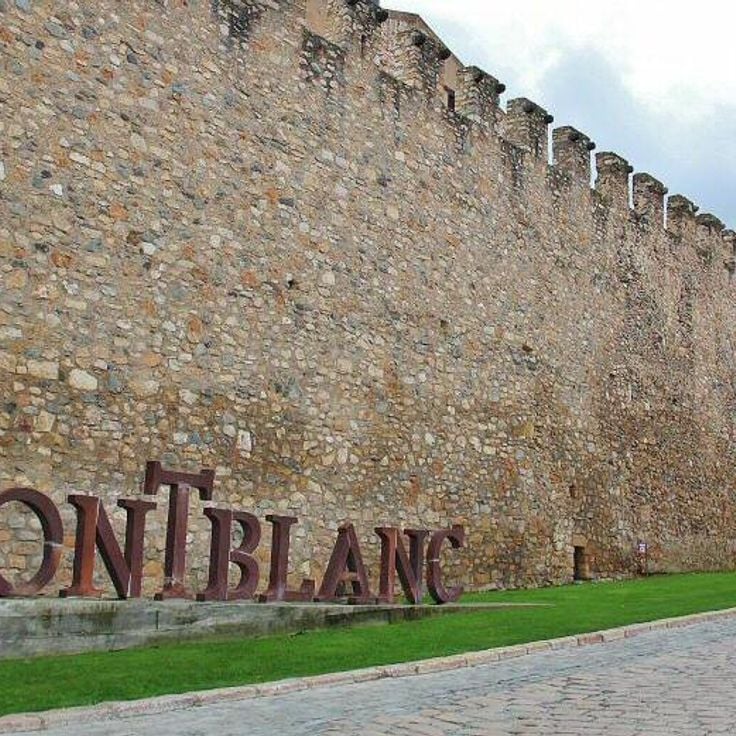
Conca de Barberà, Catalonia
The town features 1.7 kilometers of stone walls with 30 towers from the 14th century, Gothic churches and medieval Jewish quarter.
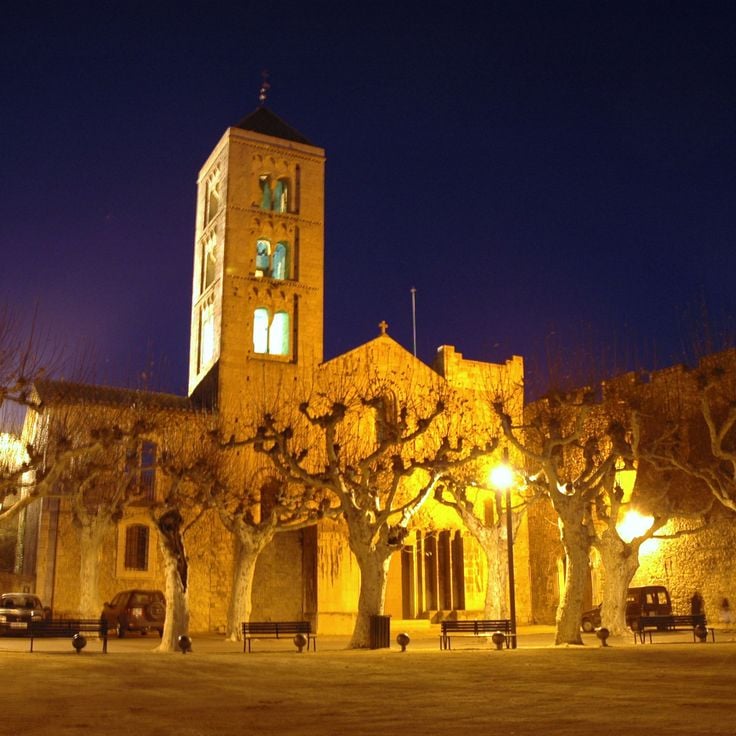
Alt Empordà, Spain
The 11th-century monastery features Romanesque architecture with a square cloister and large church.

Osona, Spain
Natural opening in a limestone wall with 20 meters diameter, surrounded by Mediterranean vegetation.
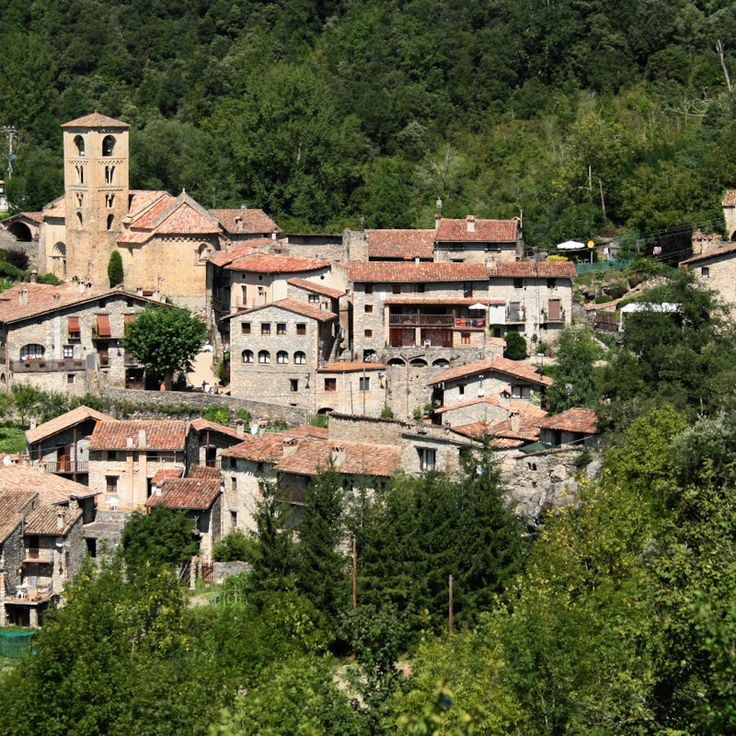
Garrotxa, Spain
Medieval village with 20 inhabitants, stone bridges over the river and the 12th-century Romanesque Saint Christopher church.
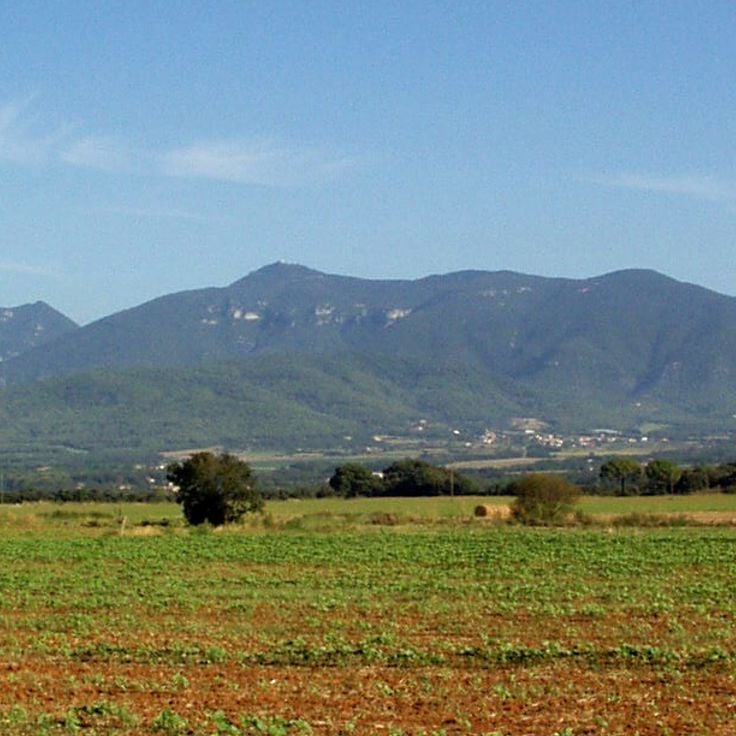
Garrotxa, Spain
Religious building at 1124 meters altitude overlooking the Pyrenees, Empordà and Gulf of Roses.
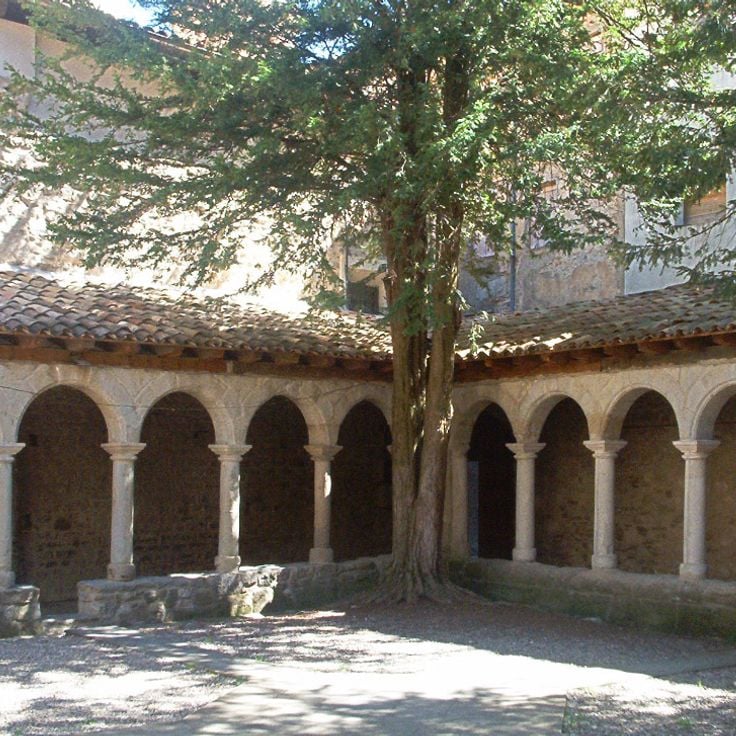
Solsonès, Catalonia
This medieval settlement stands at 925 meters altitude between Port del Comte and Serra de Busa.
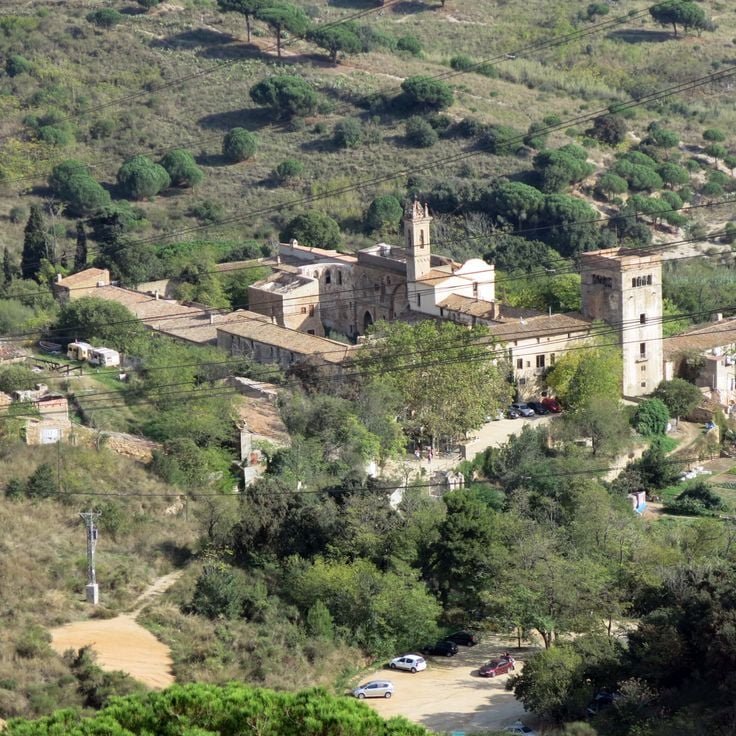
Badalona, Catalonia
This 15th century monastery contains a cloister with stone vaults and columns.
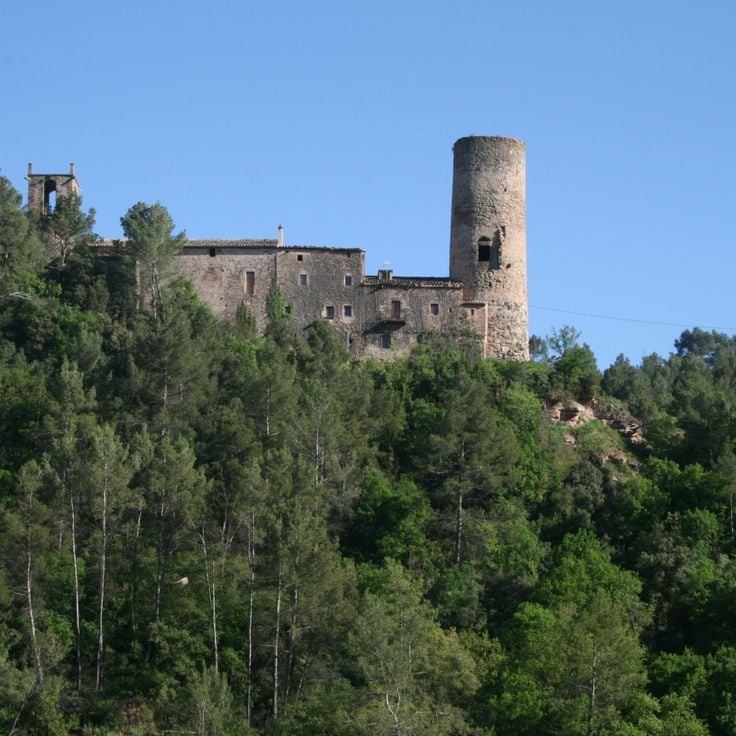
Bages, Catalonia
Two medieval fortress towers stand on a hill amid vineyards and Mediterranean vegetation.

Garrotxa, Catalonia
A waterfall drops 30 meters through a circular rock formation into a natural pool.
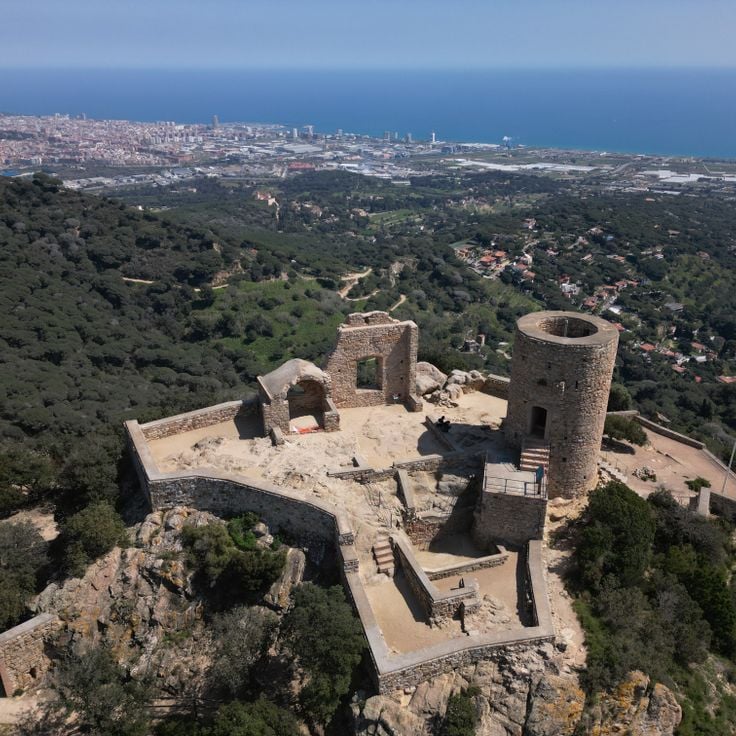
Maresme, Catalonia
The medieval fortress stands on a 401-meter peak. From this location, visitors can see the Mediterranean coast and the city of Mataró.
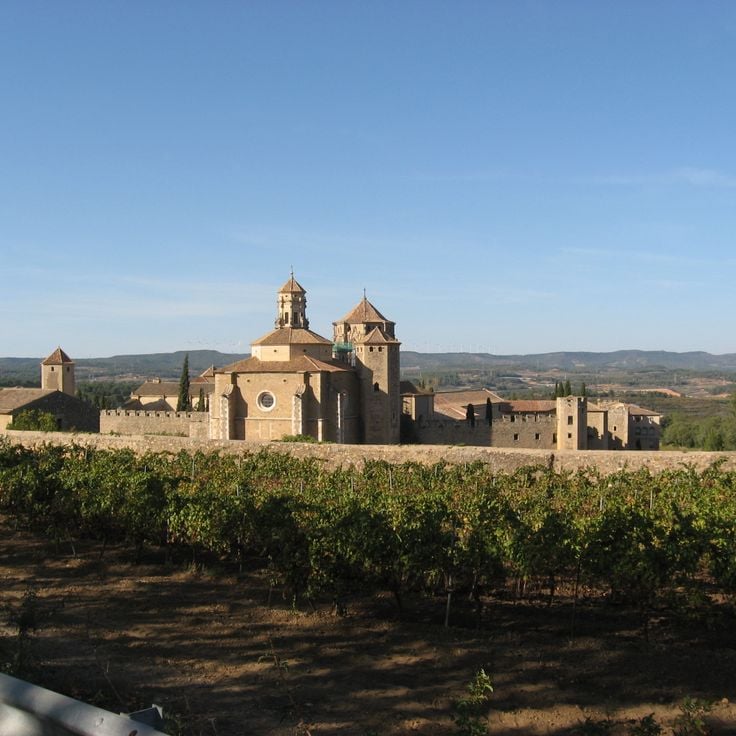
Conca de Barberà, Catalonia
Founded in the 12th century, this monastery contains the tombs of Aragonese kings. The monastic community follows the Rule of Saint Benedict.
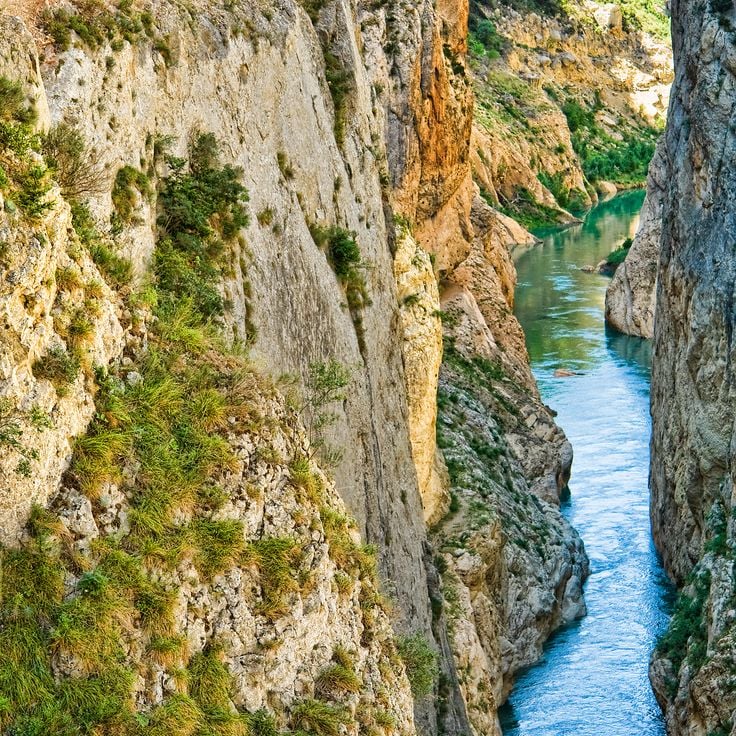
Pallars Jussà, Catalonia
The Noguera Ribagorçana river cuts through 500-meter limestone walls. The hiking path runs through galleries carved into the rock.
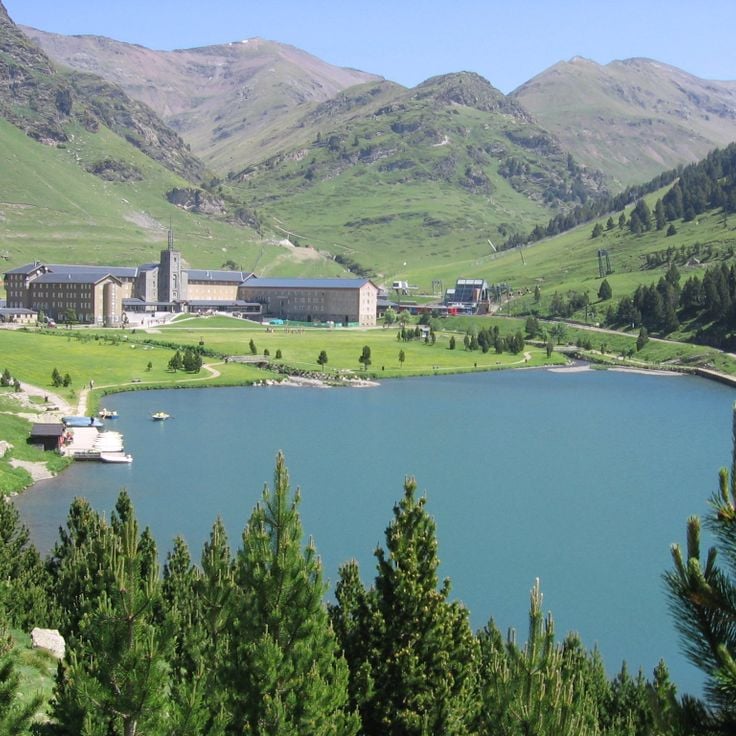
Ripollès, Catalonia
The valley sits at 2000 meters in the eastern Pyrenees. A rack railway station connects the valley to the town of Ribes de Freser.
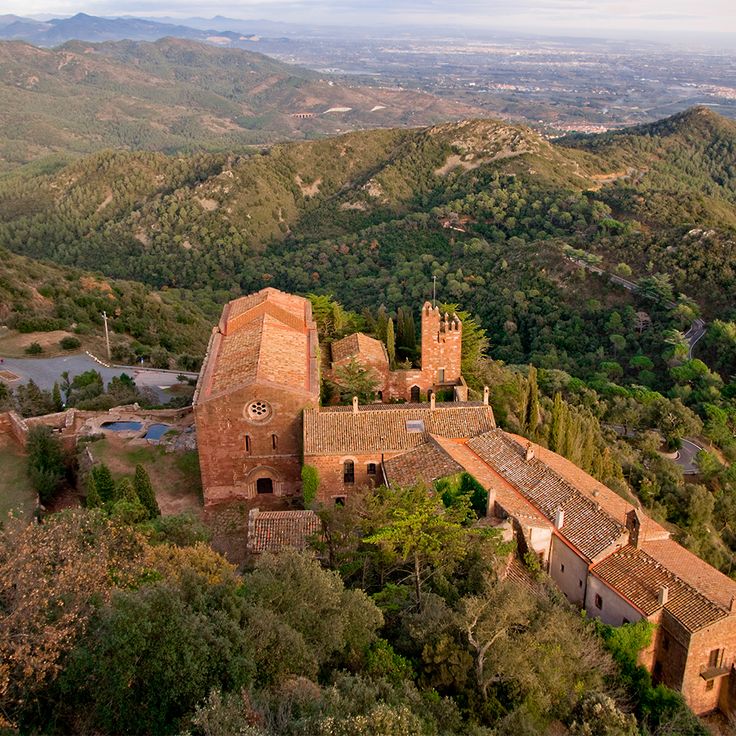
Riudecanyes, Catalonia
This 12th century fortress stands on a mountain at 649 meters altitude and offers panoramic views of the Mediterranean Sea.
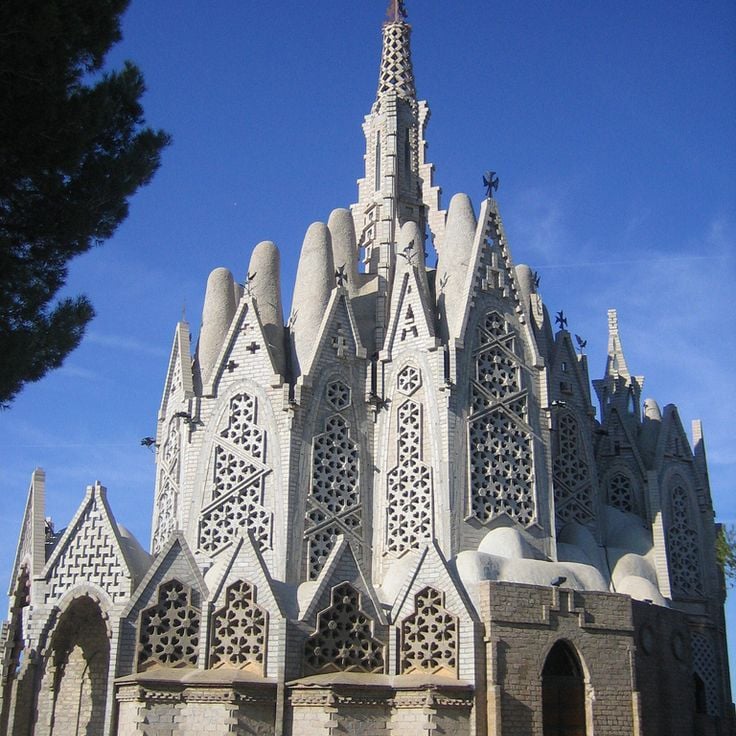
Valls, Catalonia
The 4th century building complex contains Roman mosaics and was converted into a religious site during the Middle Ages.
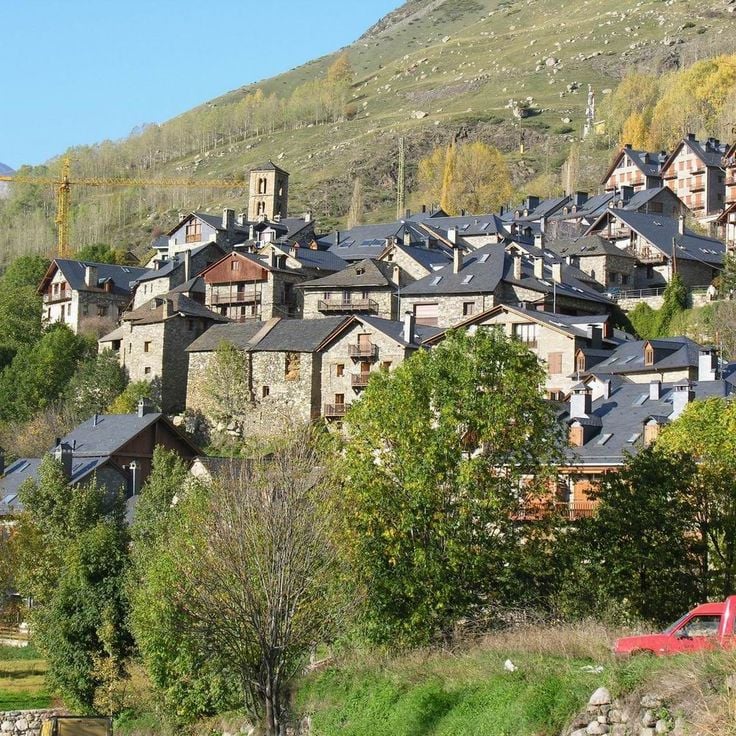
La Vall de Boí, Catalonia
This 12th century church contains significant Romanesque frescoes and has been declared a UNESCO World Heritage site.
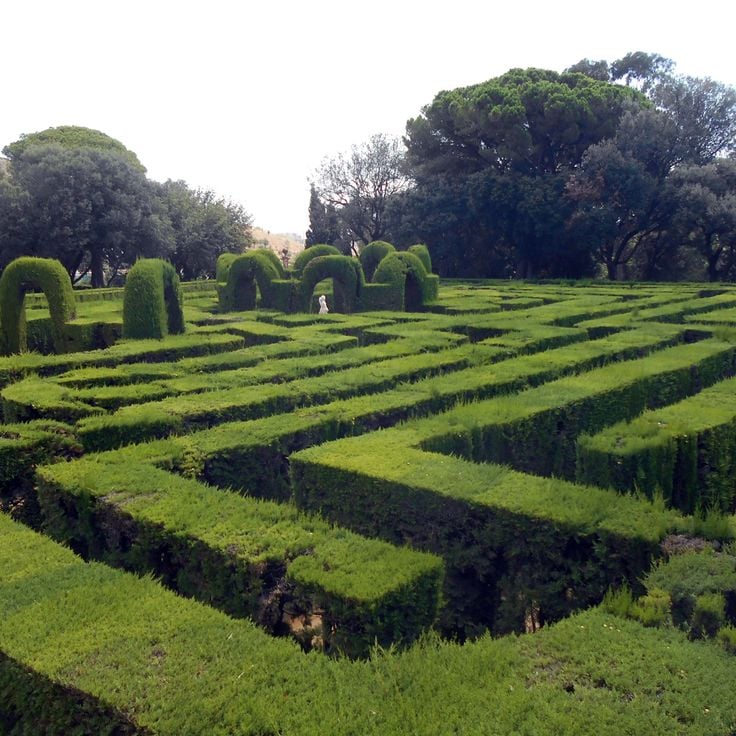
Horta-Guinardó, Barcelona, Catalonia
Created in 1791, this 9-hectare garden features a maze made of trimmed cypress trees.
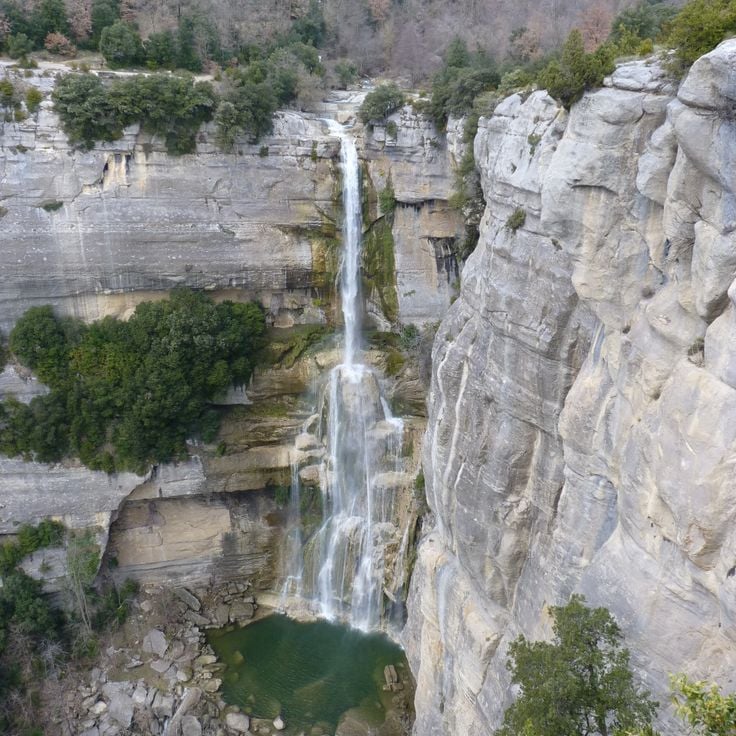
Rupit, Catalonia
The waterfall drops 115 meters over a rock face and forms a natural pool at the base.
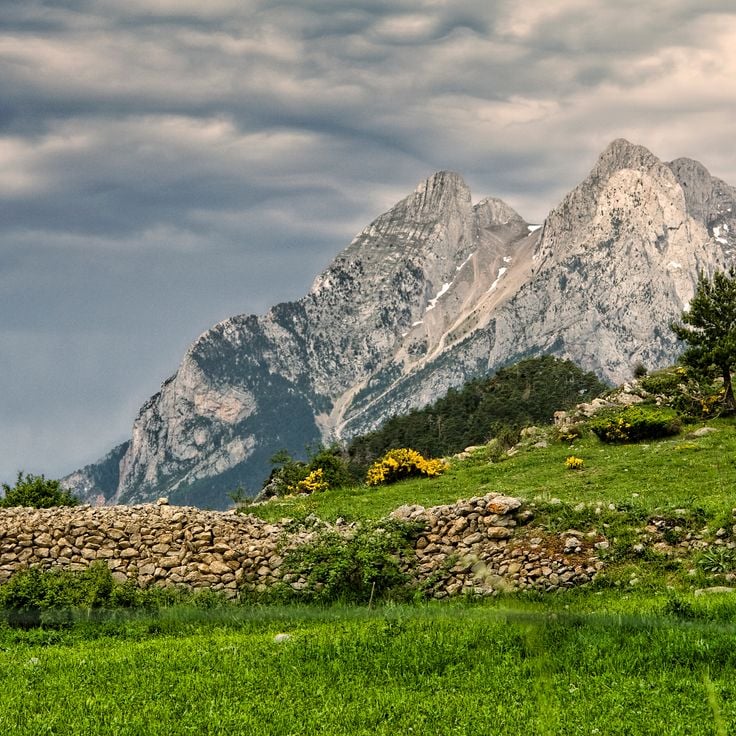
Saldes, Catalonia
The 2506-meter limestone mountain features two separate summits connected by a saddle formation.
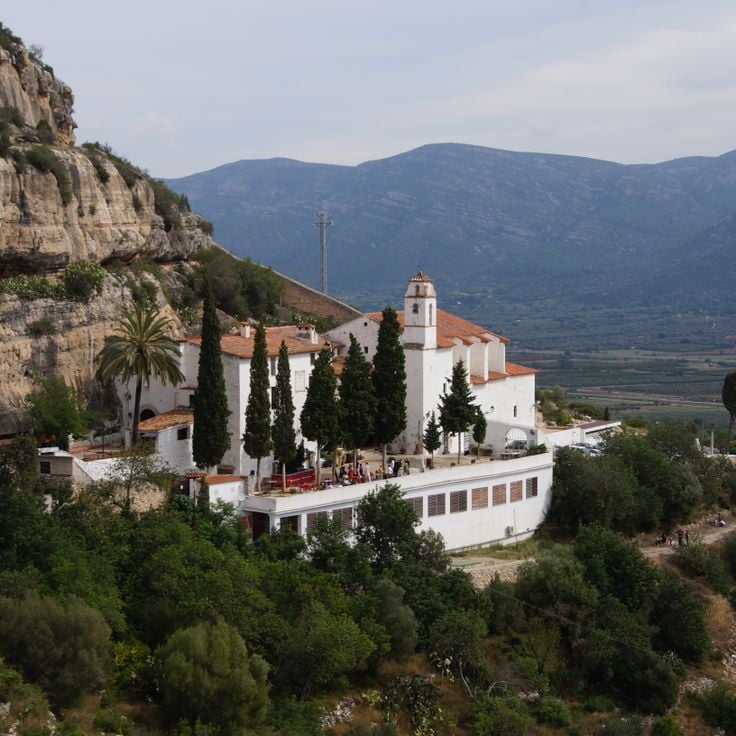
Ulldecona, Catalonia
The chapel on the mountain provides views of the Ebro Delta and the Mediterranean Sea.
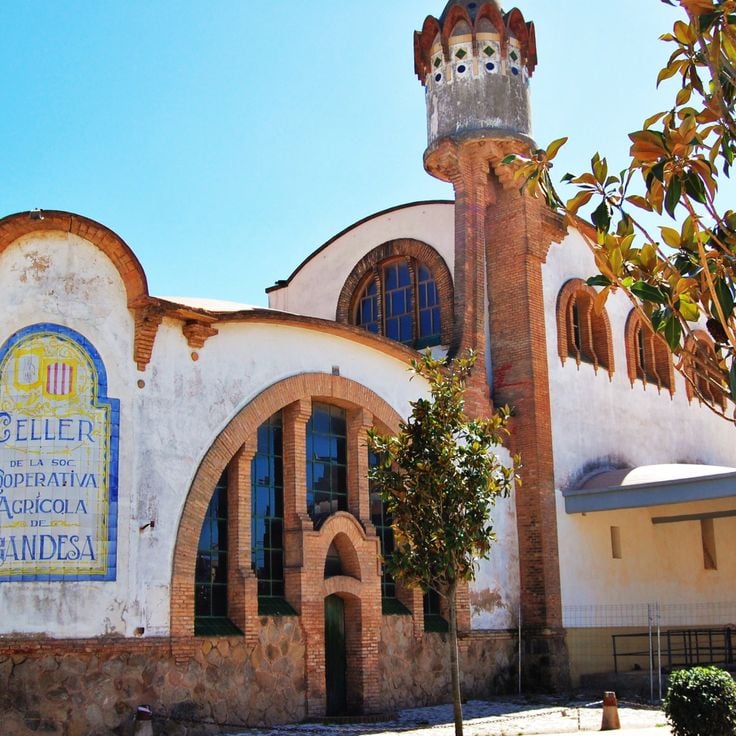
Gandesa, Catalonia
The 1919 building combines industrial architecture with Catalan Modernism and continues wine production today.